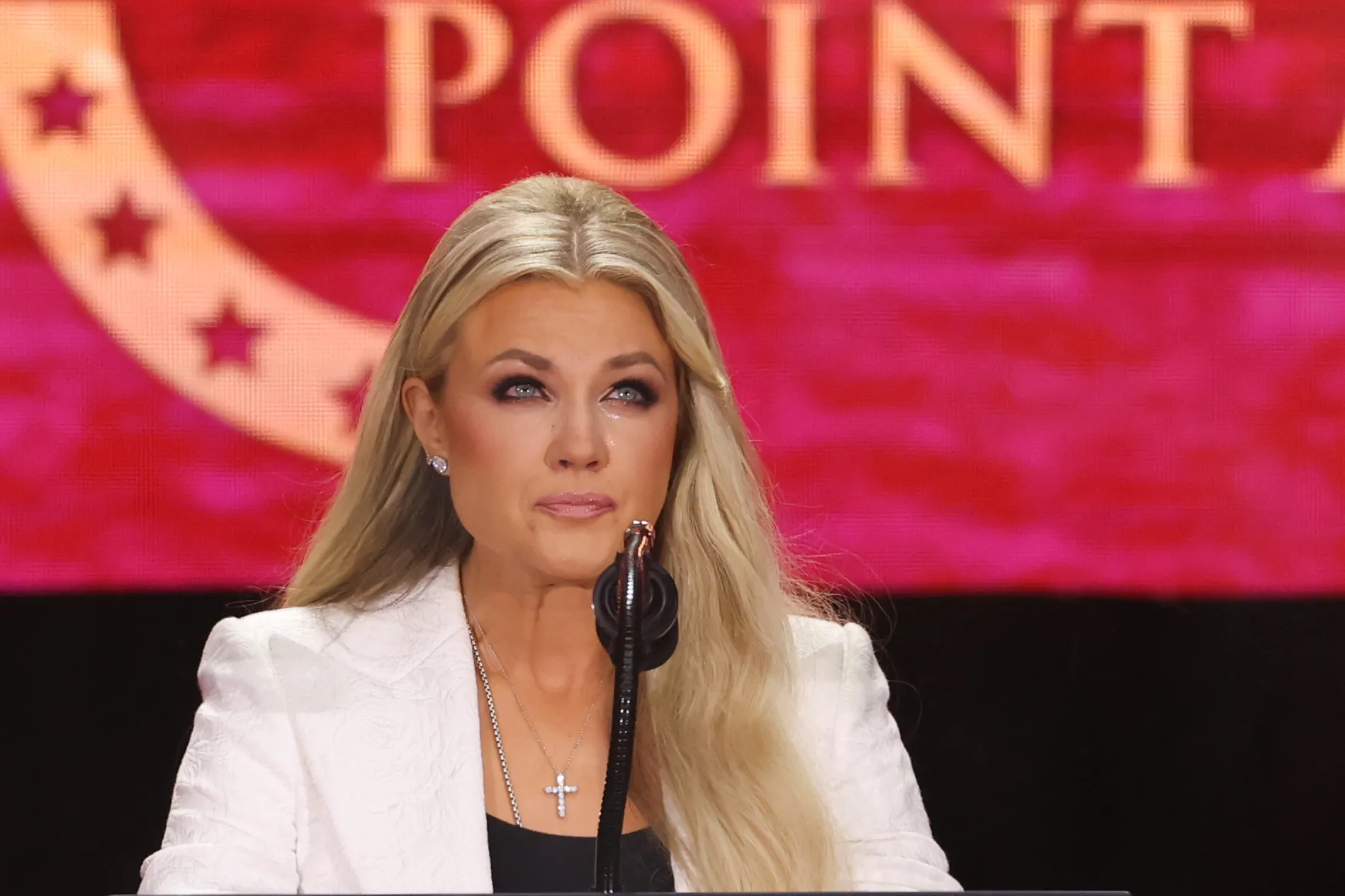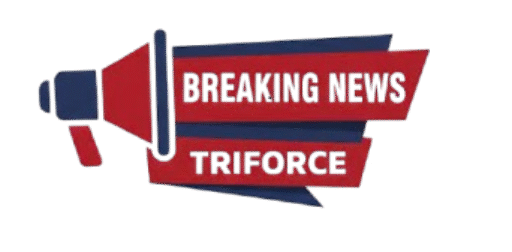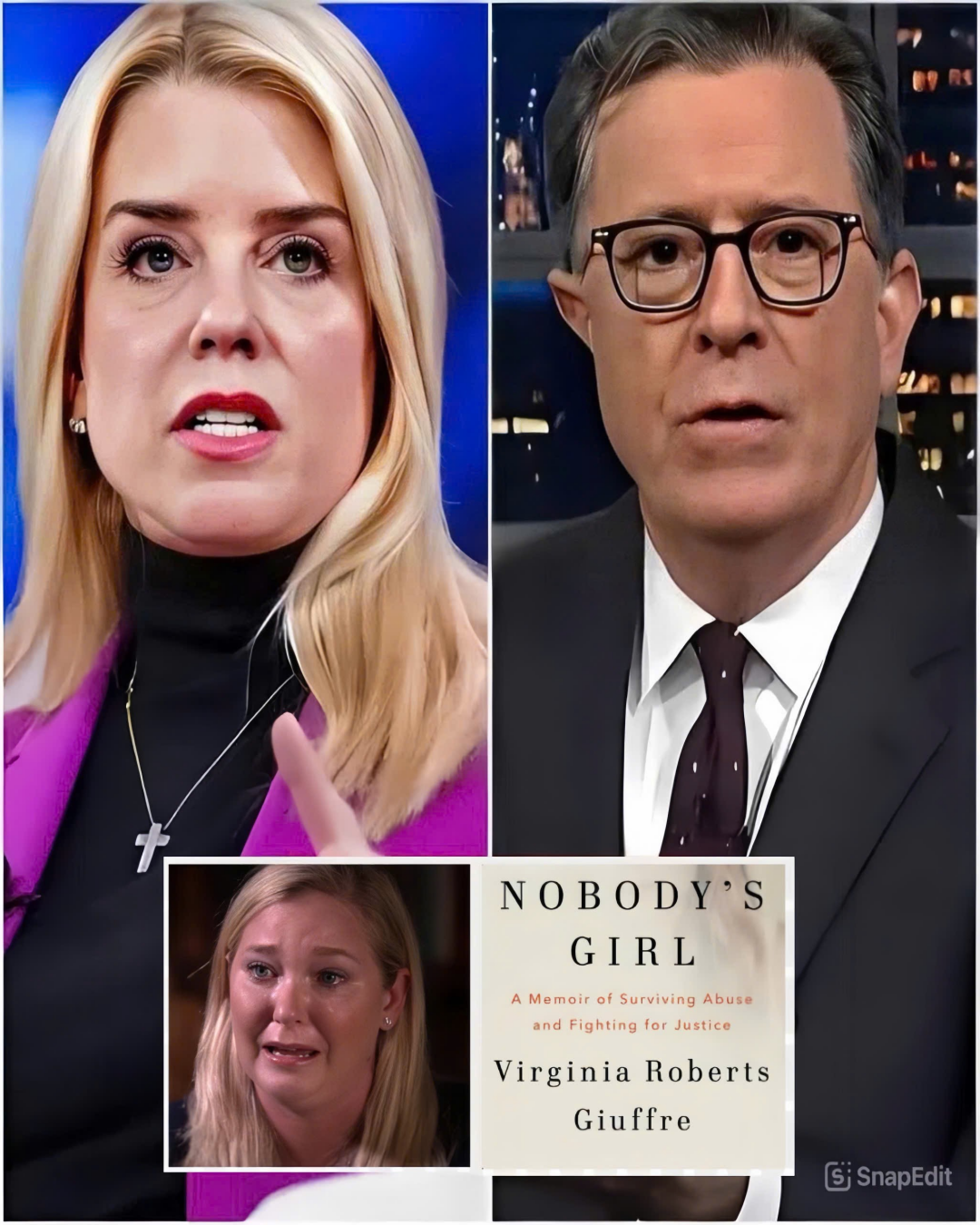The Night the Numbers Broke Television
The billion-view earthquake: inside the impossible rise of The Charlie Kirk Show, the shock that sent ABC into war rooms, spooked streamers, and made viewers wonder if a new era of global media just began.
1) The morning the math stopped working
At 8:14 a.m. in ABC’s sunlit analytics bullpen, an intern named Sophie Cho watched a dashboard freeze. The live-view counter jittered, stalled, then snapped into focus with a number that made her stand up before her brain could catch up:
1,002,348,097.
“Uh… I think something’s broken,” she whispered.

People drifted over. No one spoke. Monitors reflected a figure that belonged to music videos and World Cups—not a four-day-old talk show filmed around an oak table. Someone refreshed again. The number climbed.
“Is this real?” someone finally asked.
Yes. And the question would haunt ABC all day.
2) The shockwave upstairs
By 9:00 a.m., the 21st floor was packed. Executives who’d prepared for a respectable hit stared at a phenomenon. The Charlie Kirk Show—co-created with Erika Kirk and featuring Megyn Kelly in its debut—had apparently vaulted past a billion global views in under a week. No stunts. No celebrity meltdown. Just conversation: faith, media, grief, power.
Data firms called it an anomaly. Streamers called it a glitch. The engagement graph called it something else: undeniable.
“Beyond a hit,” a VP muttered. “It’s a movement.”
Another replied, a little too quietly, “Movements aren’t owned.”
And that—more than the number—was the fright. ABC wasn’t steering. It was holding on.
3) The quiet episode that detonated
The premiere looked almost austere: warm lighting, wood, three voices and long breaths. Midway through, Kelly said, almost like an aside:
“We keep chasing attention when what people actually crave is meaning.”
The line ricocheted. Clipped, subtitled, remixed, it traveled in dozens of languages. In São Paulo, a student posted: “It’s not a talk show. It’s a therapy session for a culture that forgot how to talk.” In Seoul: “This is what honesty looks like.” In New York: “I didn’t mean to watch the whole thing, but I couldn’t stop.”
The secret wasn’t format. It was felt reality—the sense that nothing in the room needed a producer’s permission to exist. In a world addicted to noise, meaning was the loudest sound.

4) Panic in the glass box
By noon, ABC’s servers ran hot. Ad ops scrambled because many contracts didn’t contemplate this kind of reach. “It’s the McCartney Moment,” a market analyst joked—like the first time television realized art could break math.
At 12:07 p.m., a question broke the room’s spell.
“Who owns this?” the ABC News chief asked. “Us… or them?”
Silence. Then whiteboards. Then war rooms.
5) The hallway theories
Down by the vending machines, junior producers traded rumors between Diet Cokes.
“Bots?”
“Watch time’s too high.”
“Hidden segment?”
“No. It’s the feeling.”
They were right without knowing why. The show wasn’t engineered for virality; it was engineered against pretense. The audience recognized it instantly.
6) When viewers stop behaving like viewers
The data wouldn’t sit still. People weren’t skipping ads. They were rewinding, timestamping, sharing entire hour-long episodes and actually watching them. Analysts coined a phrase they usually reserve for music or religion: sustained emotional engagement.
“They didn’t build a set,” a researcher said. “They built a digital campfire. And the world gathered.”
7) The rumors that split the building
By day three, the internal rift was open. One faction wanted scale—more episodes, a primetime special, brand extensions. The other kept repeating the risk:
“You can’t manage lightning once it hits the ground.”
This wasn’t fear of controversy. It was fear of decentralization. If audiences follow authenticity rather than logos, the gate no longer guards the garden. The network becomes a conduit—not a cathedral.
8) The 2:43 a.m. call
Erika Kirk’s phone lit up with an unknown number.
“You’ve broken television,” a voice said.
She laughed. “Is that a compliment?”
“Depends. Are you ready for what comes next?”
Minutes later, an email arrived with a subject line only: Be careful who owns your story.
9) The meeting that changed the tone
A week in, creators met executives. A routine update became an arm-wrestle over control—guests, topics, guardrails.
“We didn’t make this to play safe,” Charlie said. “We made it to be honest.”
“Honesty doesn’t trend forever,” a VP replied.
“Neither does fear,” Charlie said, smiling.
No deal. But everyone left knowing the future would not be scheduled in 30-minute blocks.
10) The day competitors blinked
Two weeks later, the copycats arrived. NBC teased The Conversation Project. CNN floated a reboot framed as “human-first storytelling.” Streamers began whispering nine-figure packages.
Asked if the show might move, Charlie shrugged: “You can’t relocate authenticity.”
Maybe you can’t. But you can bid on it. Quietly, the money got louder.
11) Advertisers pick sides
Brands split into three camps:
Heat chasers, who buy passion even if it singes.
Adjacency purists, who want soft landings and spotless context.
Two-handers, who demand both—heat without smoke.
“The numbers are too big to ignore,” one buyer said, “but the bigger they get, the less control anyone has.” Translation: virality is oxygen and accelerant. It also burns fingers.
12) The meta-plot: post-network TV
Inside ABC, a phrase began to circulate among younger staff—two words that made senior leadership wince:
Post-network.
It describes a landscape where distribution is everywhere, community is portable, and ownership migrates to the audience. The goal is less to program than to host; less to segment than to summon.
Streaming taught viewers to expect voice over polish. Podcasts normalized long, uncut monologues. TikTok collapsed the wall between talent and tribe. The Charlie Kirk Show didn’t break rules. It noticed they’d already dissolved.
13) The whisper at the end
Then the Easter egg hit. A fan found an unlisted, 22-second tag tucked into end credits—mics hot, shoulders loose.
Charlie: “You know what’s crazy? This isn’t about us.”
Erika: “It’s about what people are ready to hear.”
Megyn (half-smile): “Then let’s not waste their attention.”
Viewers dubbed it “the whisper at the end of the internet.” It spread even faster than the premiere.
14) The reckoning in the boardroom
By month’s end, panic hardened into acceptance. The old levers—lead-ins, cross-promos, perfect segues—felt quaint. The show had made something unfashionable fashionable again: presence. Messy, mercurial, unmistakably live.
“Predictability used to equal professionalism,” one veteran said. “Now it equals boredom.”

15) Epilogue: the owned-by-everyone episode
Then came the flex no network wanted but every viewer understood. The next installment would not “air.” It would drop everywhere at once—YouTube, X, Instagram, TikTok, Twitch—free, simultaneous, ungated. The card at the end was black with white text:
This time, the story belongs to everyone.
A stunt? Maybe. A manifesto? Definitely. Also: a dare. If meaning is the loudest sound—and community the strongest signal—maybe television was never the point. Maybe the point was the commons we keep building when we find something true enough to gather around.
What broke that morning wasn’t television.
It was the assumption that a show needs a room to exist. The room, it turns out, is global. The door is a link. And the number that froze Sophie’s dashboard wasn’t just a metric. It was a vote.
One billion people didn’t merely watch a program. They showed up to a campfire, and then they refused to leave.




